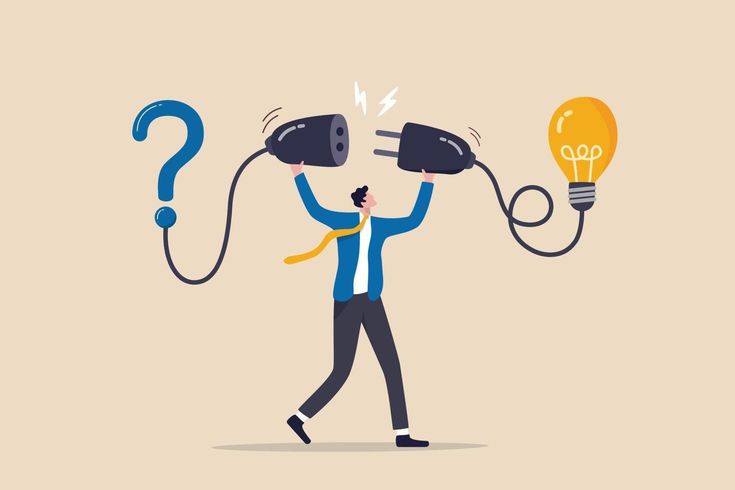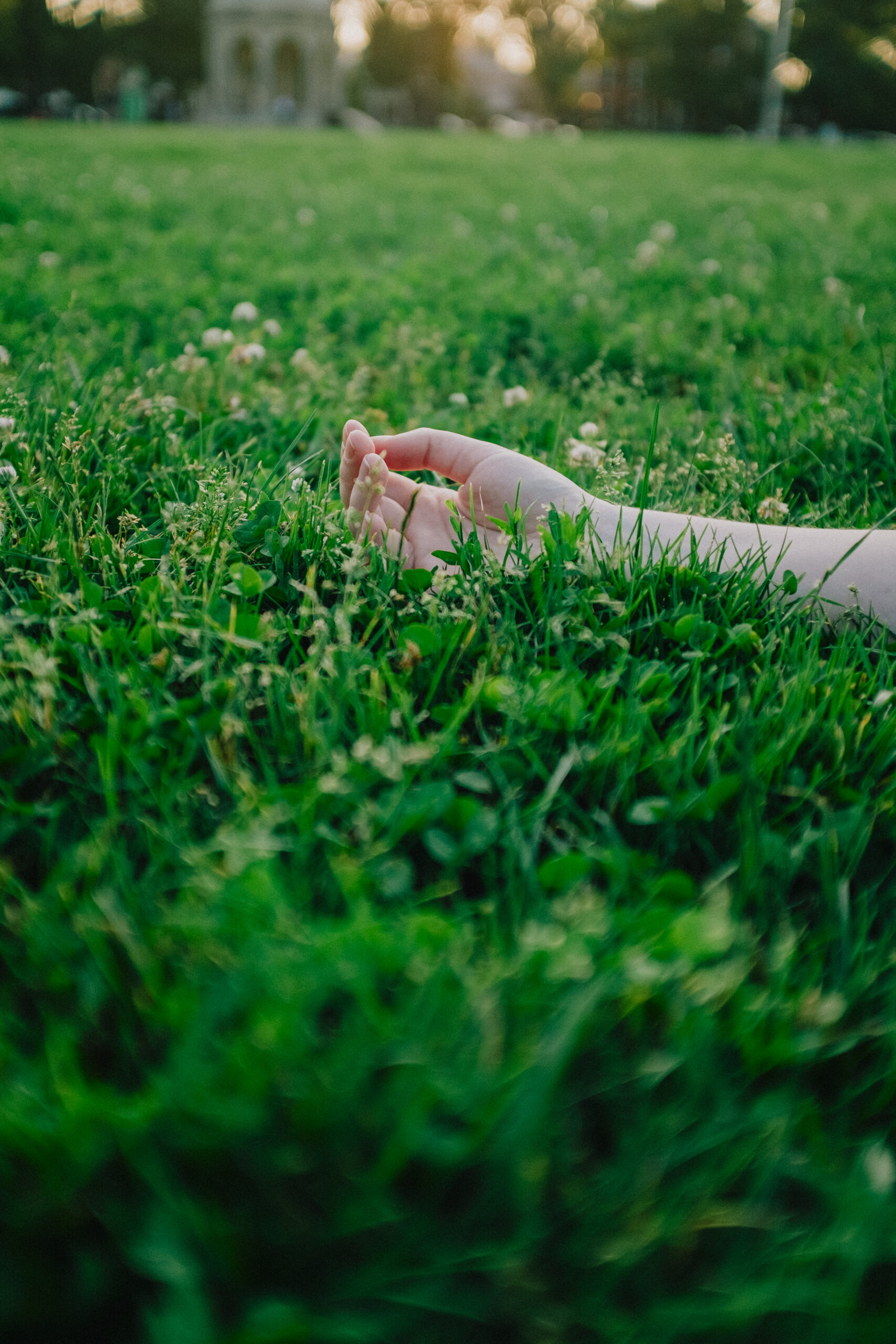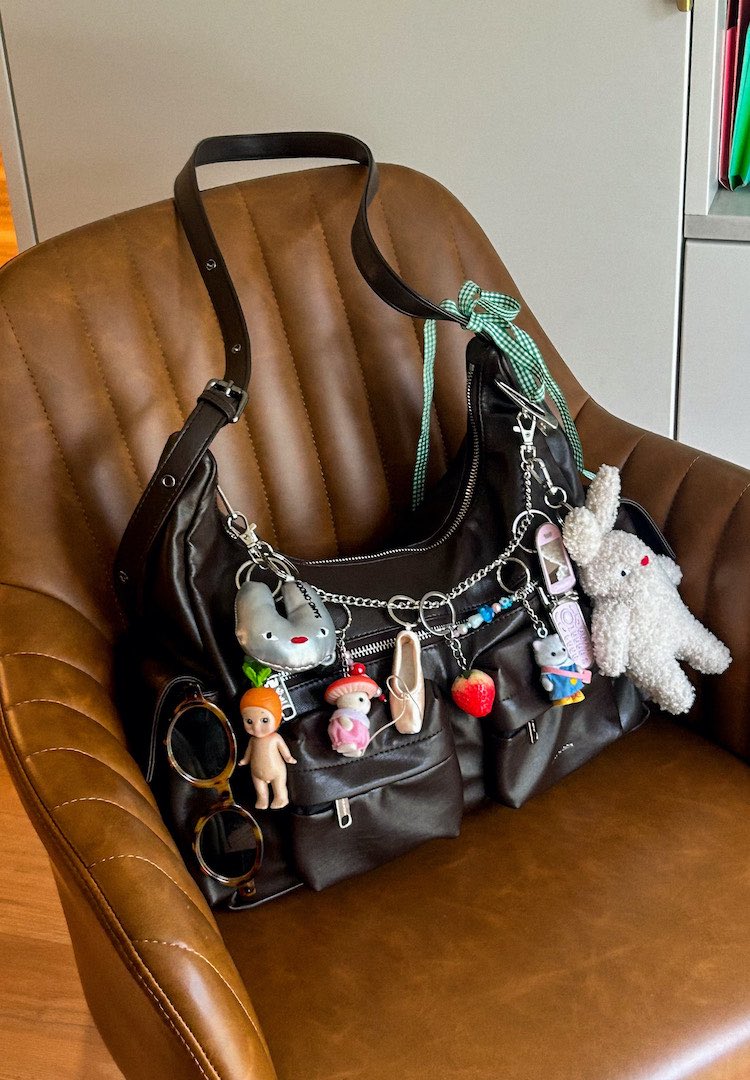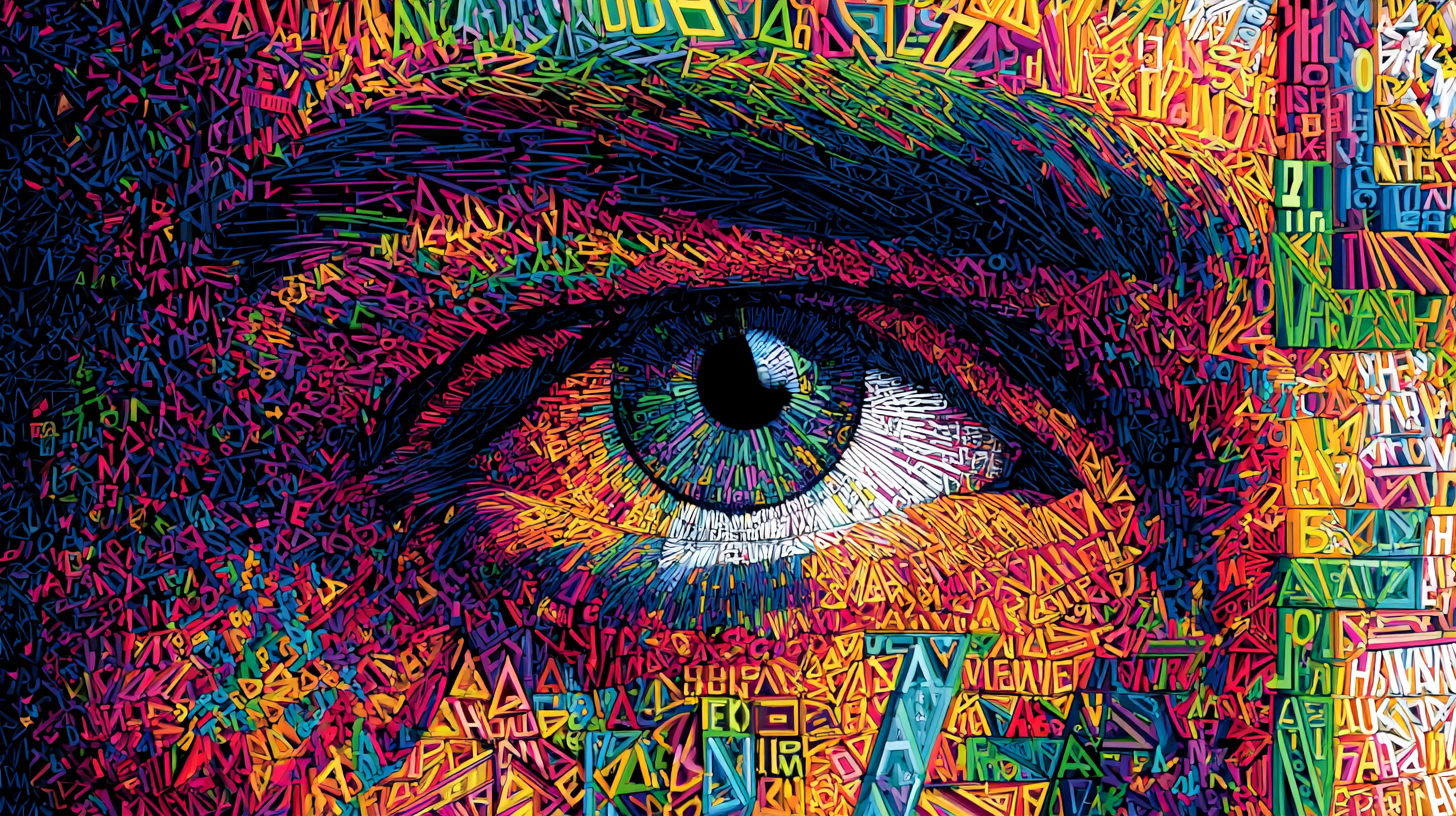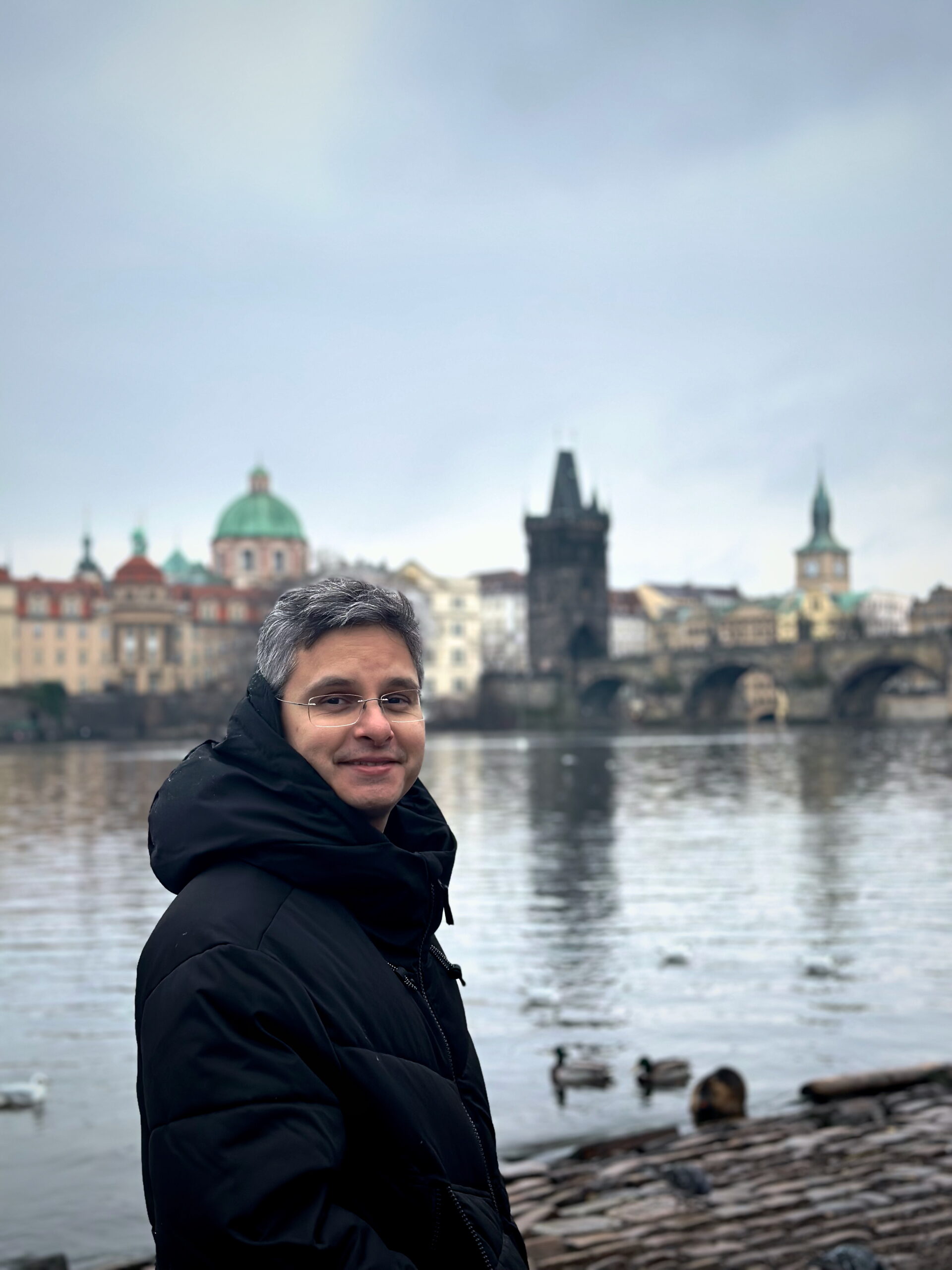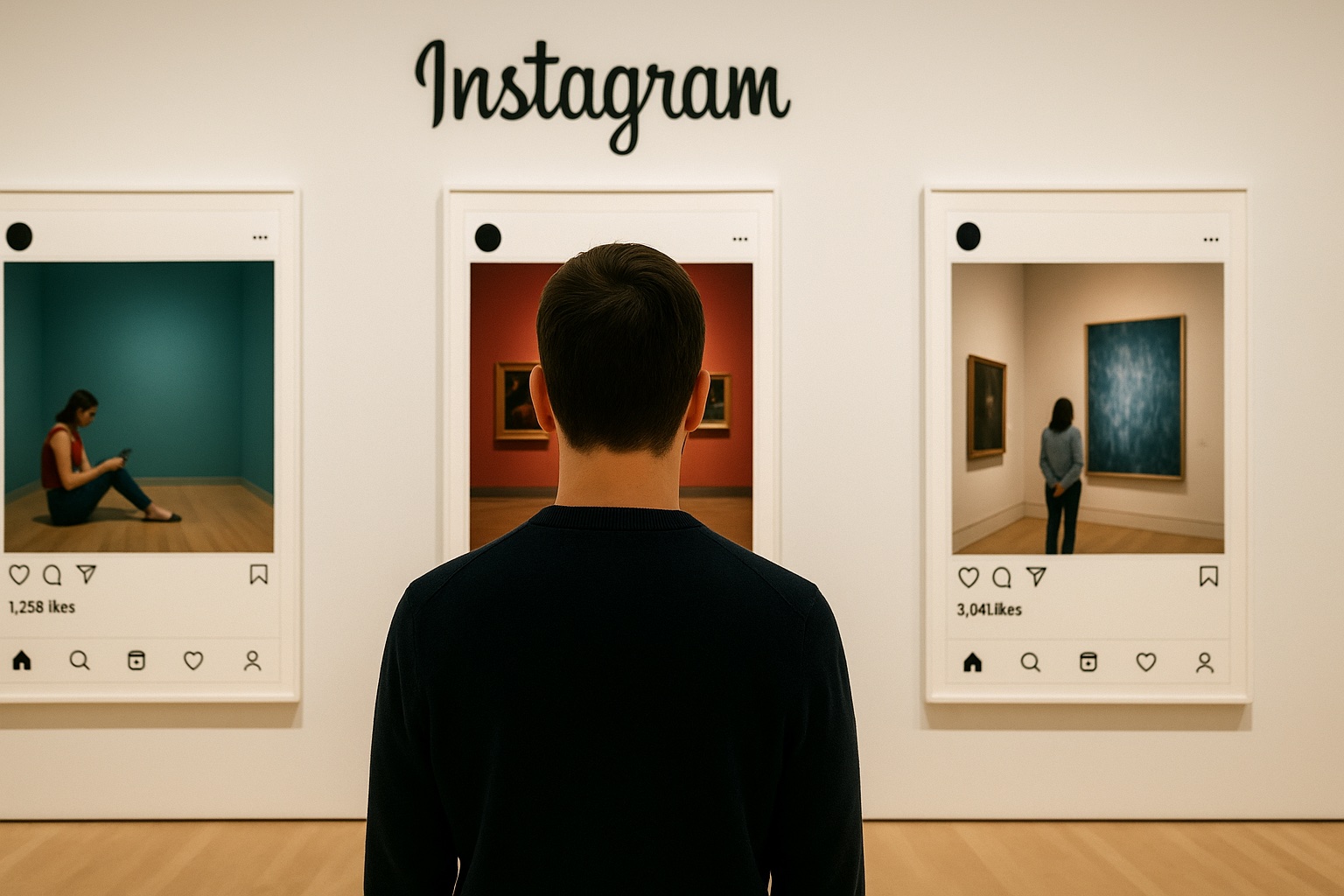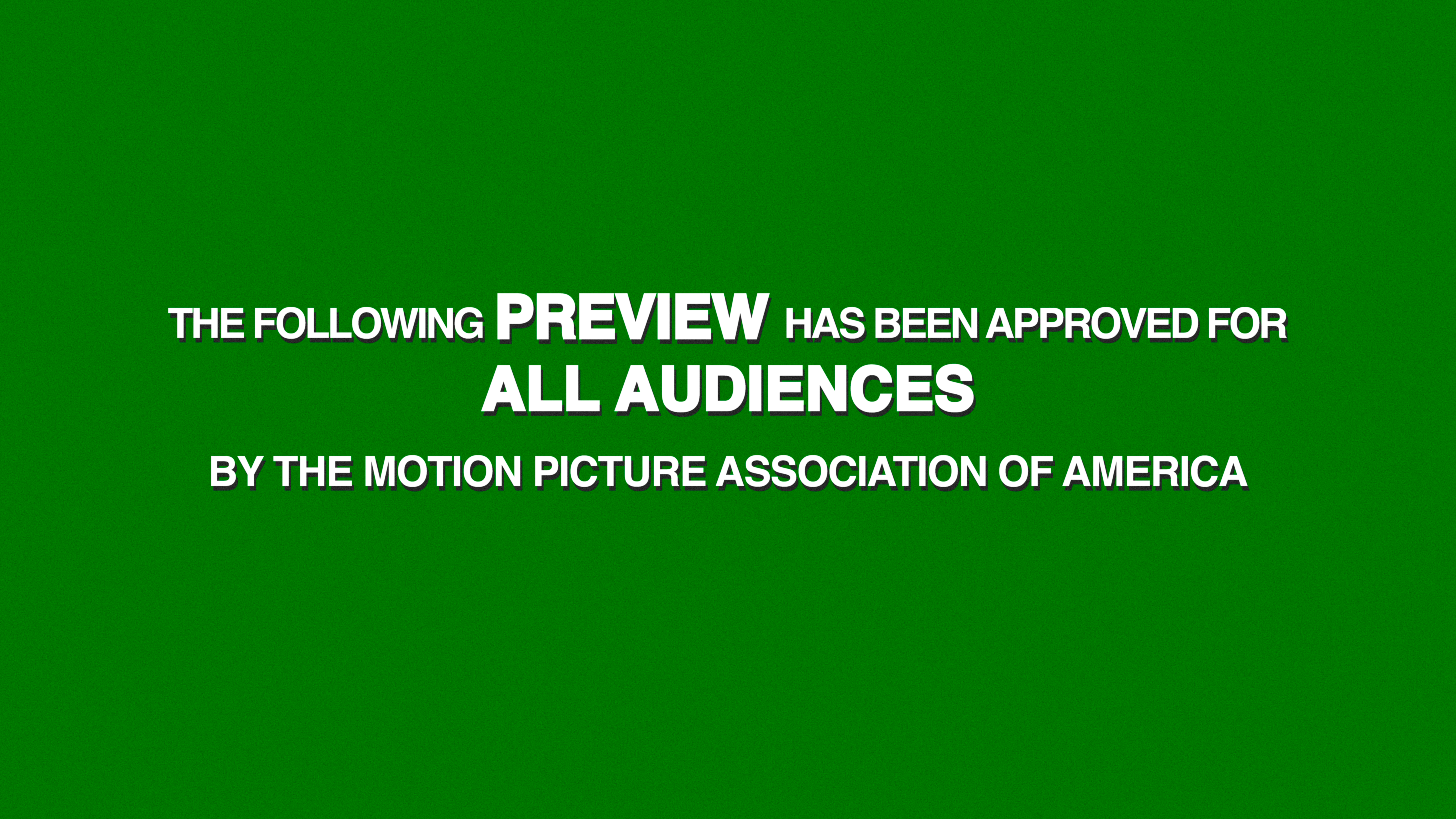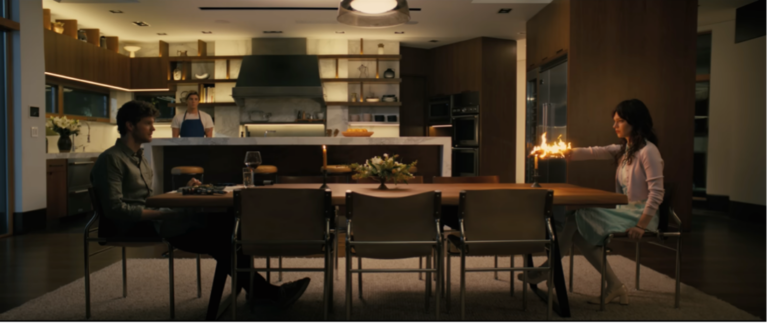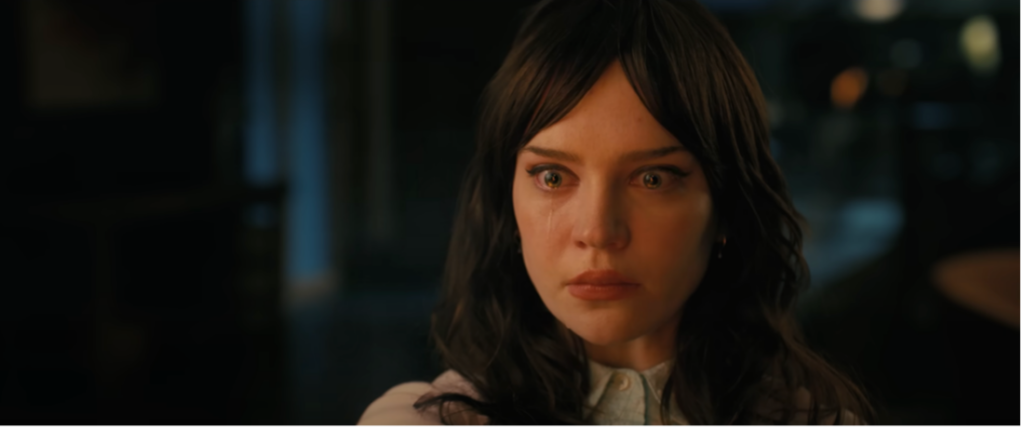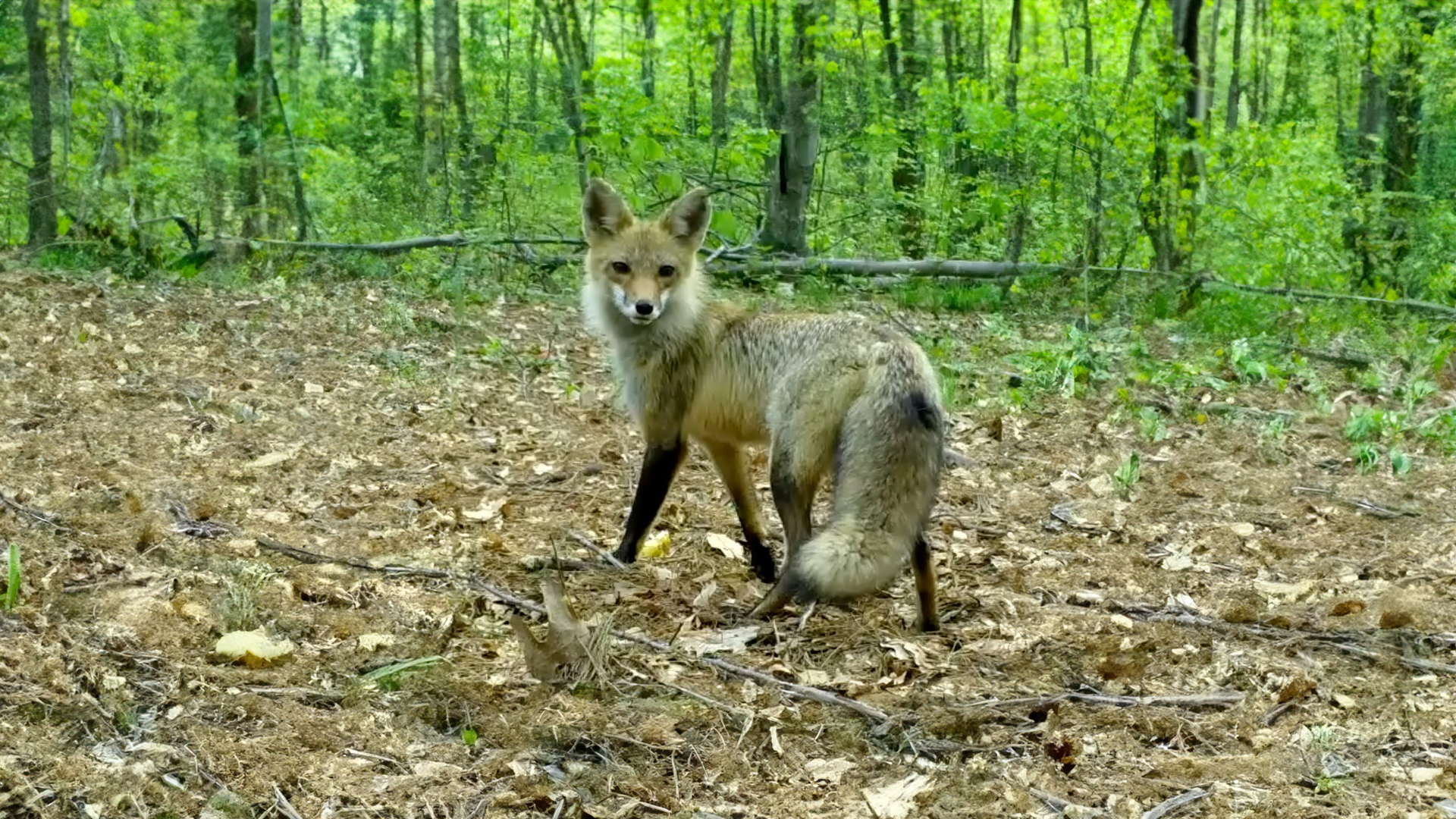11.06.25
Why Being a Presentation Coach Matters Deeply to Me
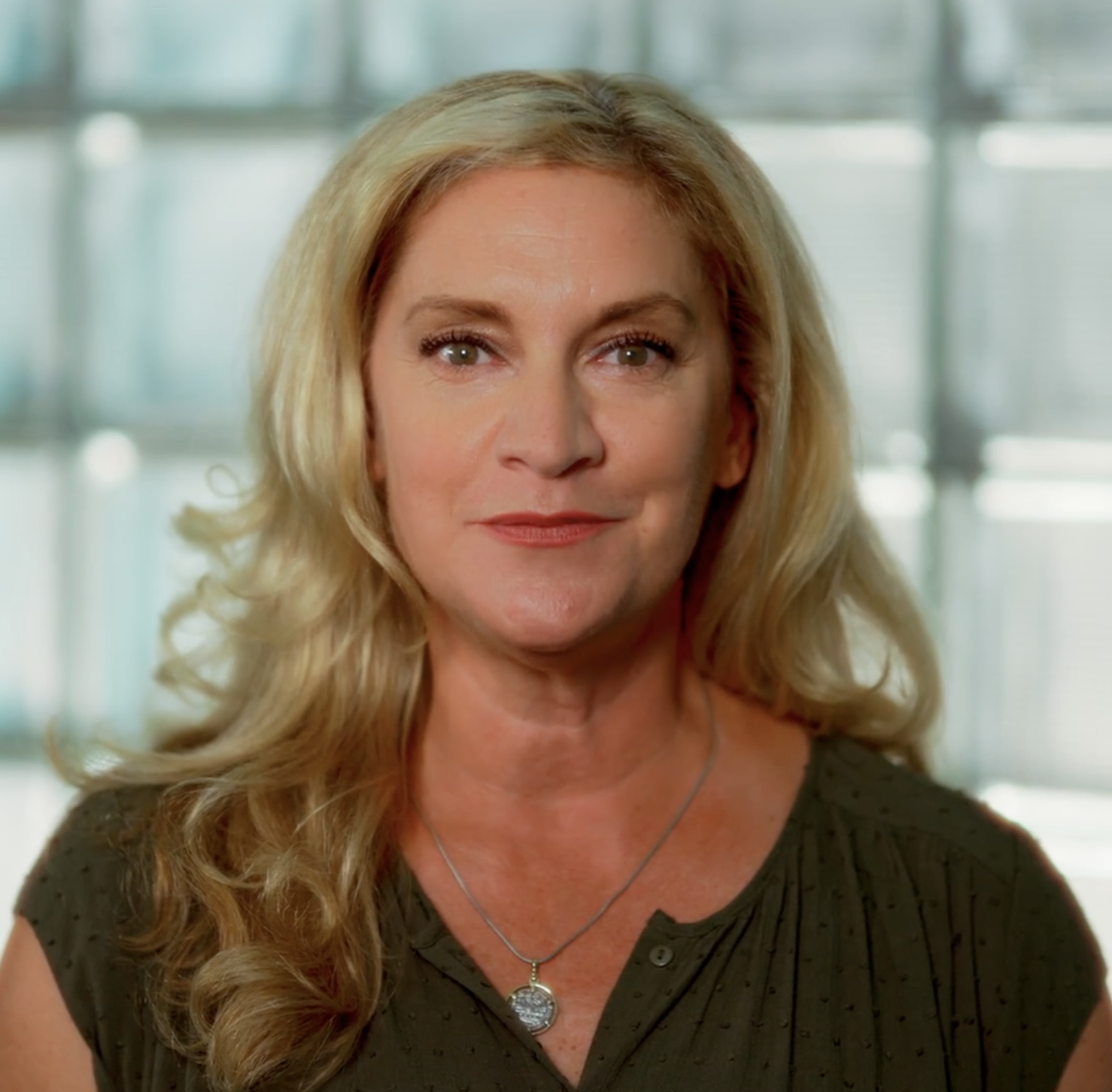
In a world overflowing with information, the ability to communicate clearly, confidently, and authentically is more than a skill – it’s a superpower. That’s why being a presentation coach isn’t just a job for me; it’s a calling.
I’ve seen firsthand how powerful it is when someone steps into their voice. Whether it’s a nervous entrepreneur pitching their first idea, a student presenting research, or a leader rallying their team – when they speak with clarity and conviction, something shifts. They’re not just delivering information; they’re inspiring action, building trust, and creating connection.
For me, coaching presentations is about more than perfecting slides or rehearsing scripts. It’s about helping people uncover their unique communication style, overcome fear, and embrace their story. I get to witness transformation -when someone who once dreaded public speaking begins to enjoy it, even thrive in it. That moment when they realize, “I can do this. I have something worth saying.” That’s everything.
I believe everyone has a message that deserves to be heard. My role is to help them shape it, own it, and share it with confidence. It’s deeply rewarding to be part of that journey, and it’s why I do what I do.
Because when people speak up, they change the world – one presentation at a time.
Authentic actions by AHW

In a world overflowing with information, the ability to communicate clearly, confidently, and authentically is more than a skill – it’s a superpower. That’s why being a presentation coach isn’t just a job for me; it’s a calling.
I’ve seen firsthand how powerful it is when someone steps into their voice. Whether it’s a nervous entrepreneur pitching their first idea, a student presenting research, or a leader rallying their team – when they speak with clarity and conviction, something shifts. They’re not just delivering information; they’re inspiring action, building trust, and creating connection.
For me, coaching presentations is about more than perfecting slides or rehearsing scripts. It’s about helping people uncover their unique communication style, overcome fear, and embrace their story. I get to witness transformation -when someone who once dreaded public speaking begins to enjoy it, even thrive in it. That moment when they realize, “I can do this. I have something worth saying.” That’s everything.
I believe everyone has a message that deserves to be heard. My role is to help them shape it, own it, and share it with confidence. It’s deeply rewarding to be part of that journey, and it’s why I do what I do.
Because when people speak up, they change the world – one presentation at a time.
Authentic actions by AHW
